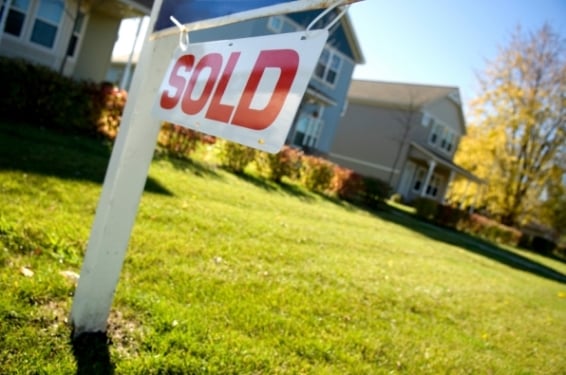Sales of homes in New York State reached 32,444 in the second quarter of 2017, a new record high and the New York State Association of Realtors says that the statewide median sales price increased 6.5% year-over-year to $245,000

Sales of homes in New York State reached 32,444 in the second quarter of 2017, a new record high and the New York State Association of Realtors says that the statewide median sales price increased 6.5% year-over-year to $245,000.
“Homebuyers, buoyed by a healthy economy and still low mortgage rates, have set sales records for two consecutive quarters in 2017,” said Duncan R. MacKenzie, CEO of the New York State Association of Realtors.
However, in line with many other regions, the state’s buoyant market is under threat from tightening inventory.
“As we look ahead to the second half of the year, we continue to closely monitor the ongoing decline in the number of homes listed for sale,” said MacKenzie. “If the trend continues, we expect an impact on home sales and selling prices.”
Total closed sales for the first 6 months of 2017 reached 58,490, up 2.9% from the same period of 2016.
Meanwhile, New York City sales reported by StreetEasy show the effect of tight supply on sales prices.
The Zillow-owned real estate marketplace reports sales prices across Manhattan, Brooklyn and Queens were up 1.2%, 5.6% and 8.3% respectively in the second quarter, compared to a year earlier.
"Inventory is tightest and price growth strongest among the markets geared toward those on a budget, perhaps looking for their first home,” said StreetEasy Senior Economist Grant Long. “But this quarter's data shows signs that buyers may be regaining some leverage: The share of homes that offered a price cut were up since last year, signaling that there are limits to how fast prices can rise and that more sellers may be willing to negotiate."
Queens was the borough leading the price appreciation with a rise of more than 5% in every submarket.
“Homebuyers, buoyed by a healthy economy and still low mortgage rates, have set sales records for two consecutive quarters in 2017,” said Duncan R. MacKenzie, CEO of the New York State Association of Realtors.
However, in line with many other regions, the state’s buoyant market is under threat from tightening inventory.
“As we look ahead to the second half of the year, we continue to closely monitor the ongoing decline in the number of homes listed for sale,” said MacKenzie. “If the trend continues, we expect an impact on home sales and selling prices.”
Total closed sales for the first 6 months of 2017 reached 58,490, up 2.9% from the same period of 2016.
Meanwhile, New York City sales reported by StreetEasy show the effect of tight supply on sales prices.
The Zillow-owned real estate marketplace reports sales prices across Manhattan, Brooklyn and Queens were up 1.2%, 5.6% and 8.3% respectively in the second quarter, compared to a year earlier.
"Inventory is tightest and price growth strongest among the markets geared toward those on a budget, perhaps looking for their first home,” said StreetEasy Senior Economist Grant Long. “But this quarter's data shows signs that buyers may be regaining some leverage: The share of homes that offered a price cut were up since last year, signaling that there are limits to how fast prices can rise and that more sellers may be willing to negotiate."
Queens was the borough leading the price appreciation with a rise of more than 5% in every submarket.



